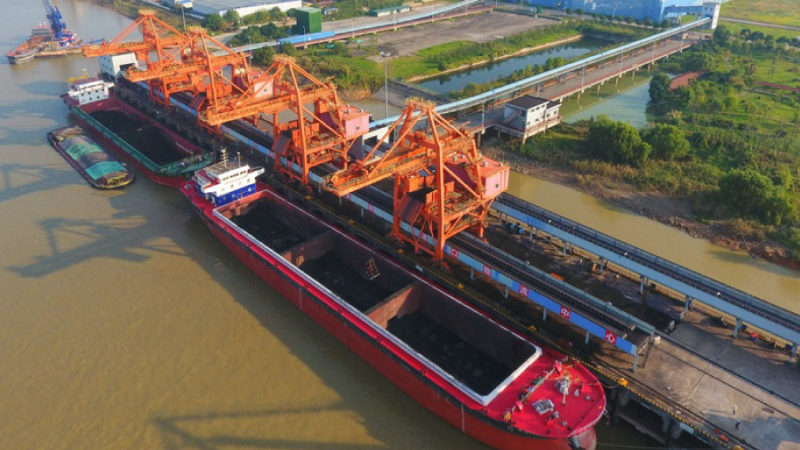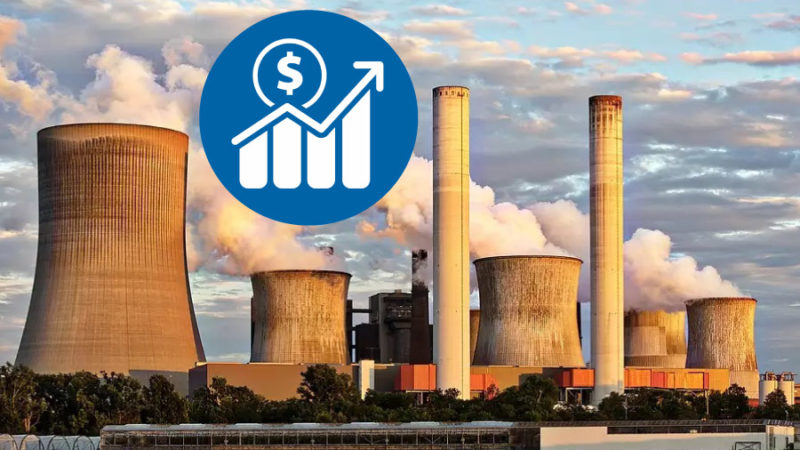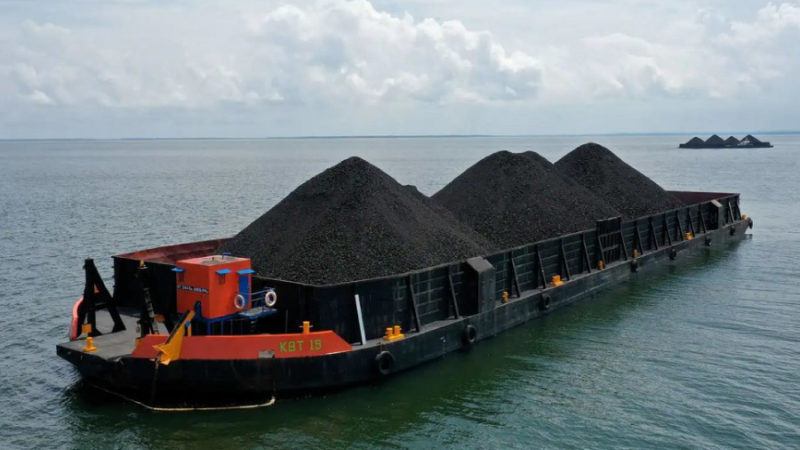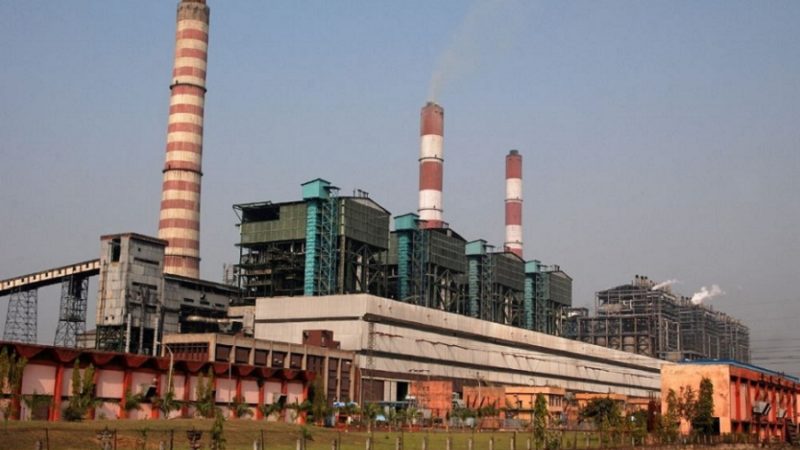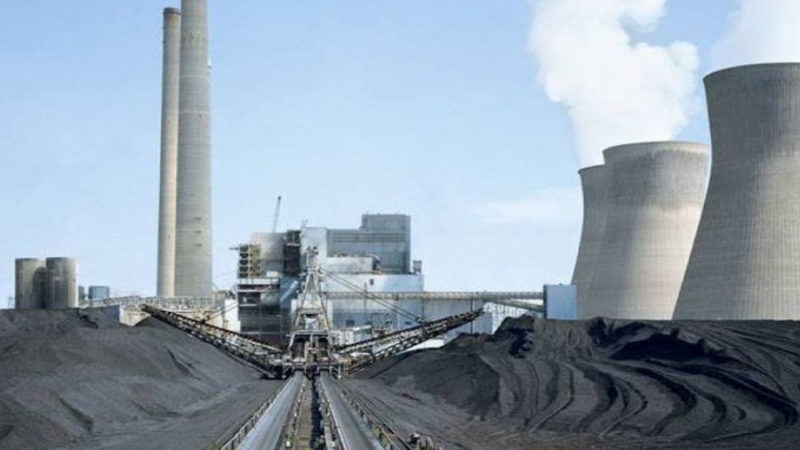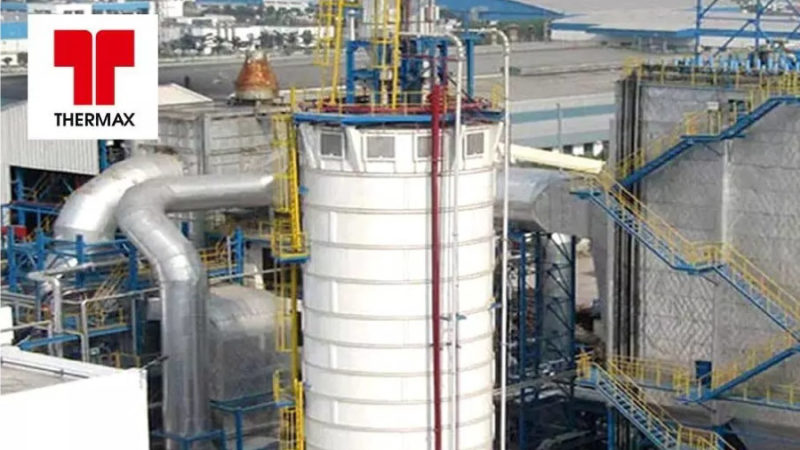Improved Thermal Generation
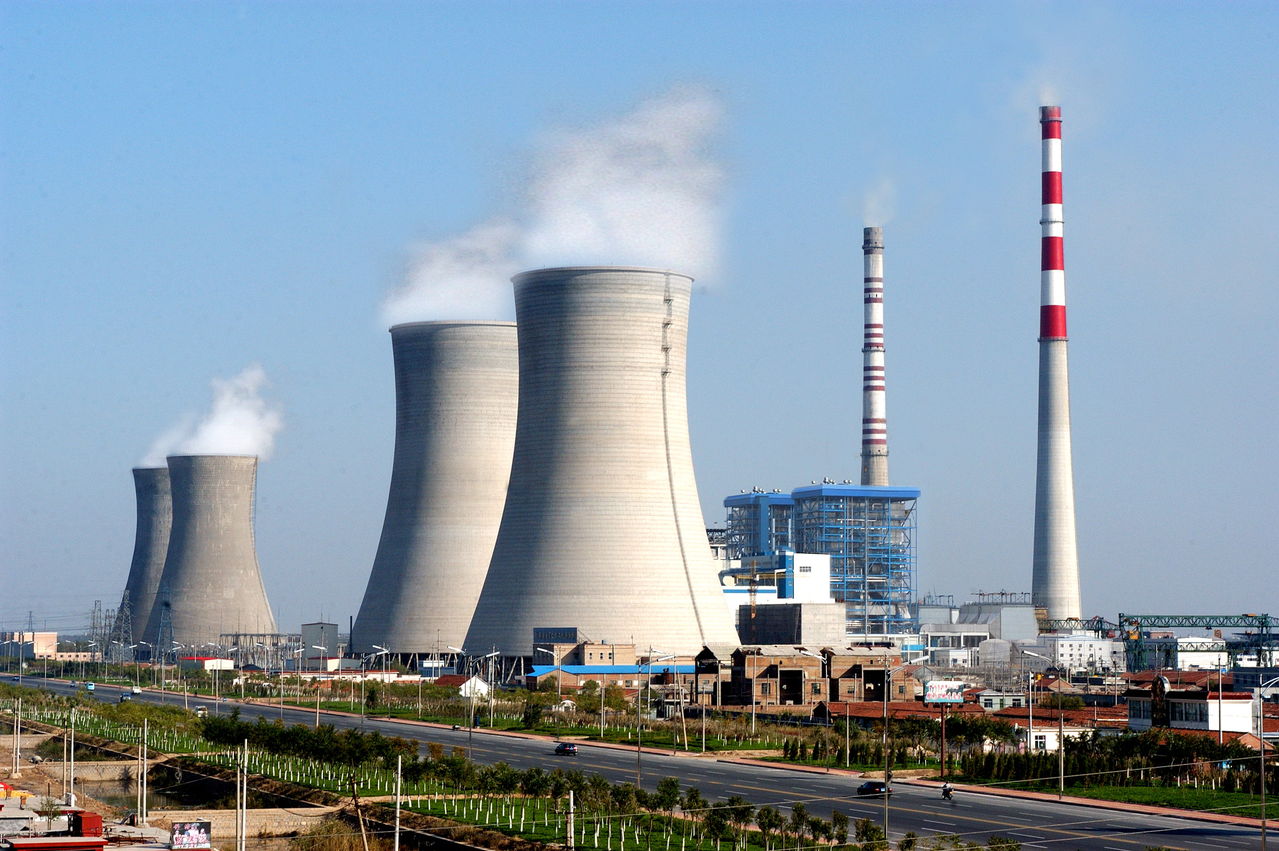
For a reliable supply of energy the government is pushing for super thermal power plants and other modern thermal plants to produce more energy from the same capacity…..
The Integrated Energy Policy of the Government of India envisages an ambitious program for power capacity addition to about 800 GW by 2031-32 towards meeting the energy demands of the country for ensuring the required economic growth and improved standards of living.
Meanwhile, considering the fact that thermal power caters to most of India’s electricity needs at present and a limited number of plants are being built or are in the pipeline, it will be difficult to cater to the approaching electricity demands. The situation is becoming critical to provide round-the-clock electricity across the country and increasing electricity demands.
Thus, for a reliable supply of energy the government is pushing for super thermal power plants and other modern thermal plants to produce more energy from the same capacity. While, the Ministry of Power has issued instructions to the Central Electricity Authority (CEA) to prepare a phasing plan for installation of specific pollution control equipment at TPPs in the country.
Advance Technology:
Though, the Central Electricity Authority (CEA) has projected to reduce the dependence on coal based power plants and has designed framework to adopt new renewable sources. However renewable resources available are not enough to satisfy growing national demand and, therefore, at least for 50-60 more years, coal-filled power plants remain a highlight of the Indian Power Sector.
As it is known that the average efficiency in prevailing sub-critical power generation technology in India is claimed to be 32 per cent in comparison to the world average efficiency of around 38 per cent. Thus to achieve the highest possible energy efficiency and reducing coal required per unit of power generated, the government is planning for clean-coal energy generation technology, such as supercritical, ultra-supercritical, advanced ultra-supercritical and integrated combined cycle gasification.
The Government of India took various decisions to promote the use of such technology in our country by advocating a gradual shift to Supercritical Technology to Ultra Super Critical Technology. By 2032, India is also planning to convert the present sub-critical fleet of power plants to only Ultra Super Critical (USC) Technology having 42- 45 per cent thermal efficiency and 28 per cent CO2 reduction by staying at say 603°C-605˚C.
Furthermore, the advanced ultrasupercritical technology is a pioneering indigenous technology and has potential enough to solve the bottlenecks of coal based power plants. The A-USC project will enable Indian industries to design, manufacture and commission higher-efficiency and low polluting coal-fired power plants. In turn, this will lead to the creation of fresh industries and new jobs in the nation.
Key Developments
In August 2014, Government of India announced, a new scheme for “Development of Advanced Ultra Super-Critical (A-USC) Technology for Thermal Power Plants” and was introduced in the Union Budget of 2014-15 as an R&D project to improve power plant efficiency to 45-46%, reduce CO2 emissions and reduce coal consumption, and establish a demonstration power plant 800 MW capacity.
The cost is estimated at INR 1554 Crore and for financial year 2014- 15, government made budgetary provision of INR. 100 Crore. Then in March 2015, the government of India approved an Advanced Super Critical Technology (A-USC) R&D Project for INR 1500 Crore to achieve enhanced efficiency of thermal generation, reduce emissions of carbon dioxide and decrease coal use in coal-fired energy generations.
Later, the following initiatives were taken to reduce carbon footprint of power sector –supercritical technology was made mandatory for Ultra Mega Power Plant (UMPP); all coal fired capacity addition in 13th plan are to be through supercritical units; A-USC technology was approved by the government. Decision was also taken for renovation, modernization and life extension of old thermal power units and retirement of old and inefficient thermal generation units, in phased manner.
For bringing A-USC (Advanced Ultra Super Critical Technology) to India the Cabinet Committee on Economic affairs approved the R&D on AUSC with an estimated cost of Rs. 1554 Crore i.e. Rs. 270 Crore from BHEL, Rs. 50 Crore from NTPC, Rs. 234 Crore from ICAR, Rs 100 Crore from DST, and balance Rs. 900 Crore from DHI as a grant spread over three years, commencing from 2017-18, provided to BHEL as a plan Gross Budgetary Support for implementation of R&D.
The project will enable Indian industries to design and manufacture higher efficiency coal power plants using advance technologies without any technological collaboration/ licensing agreement with foreign companies. In addition, the Bureau of Energy Efficiency, which aims to increase the energy efficiency of 144 thermal stations throughout the nation, is implementing Enhanced Energy Efficiency.
Government of India further took the steps in March 2017 and April 2017 to modernize and improve the efficiency of coal based thermal power plants and reduce pollution levels from these plants include Adoption of supercritical technology with design efficiency 5% higher, lower fuel consumption and CO2 emissions than that of 500 MW subcritical units.
A capacity increase of 39,710 MW on the basis of supercritical technology has already been achieved and 48,060 MW of technology is underway. A capacity of about 7751.94 MW units of old and inefficient unit has already been retired.
Summing Up:
India is going in big way for the Renewable Energy resources for the supply of power. At present the coal route has taken a back seat. In-spite of that Coal inevitably will be on the scene for the power generation as thermal power has long been the backbone of the Indian power sector and will continue to be for the foreseeable future.
Such technology developed indigenously would enable India to be among the first few countries in the world to demonstrate the technology. It will facilitate manufacture of large power plant equipment with advanced technologies and without Technological Collaboration/ Licensing Agreement from foreign companies.
Further, the spin-off from this project will include benefits to other industries dealing with high temperature, high pressure exposure of metal objects. Once this technology is developed, it will guarantee energy security in our country for a longer period in future big thermal power plants as well as a decrease in environmental impacts.
If coal based power plants have to survive and to compete with Solar Power generation plants, and then they have to prepare & choose the most advanced coal based power generation.



